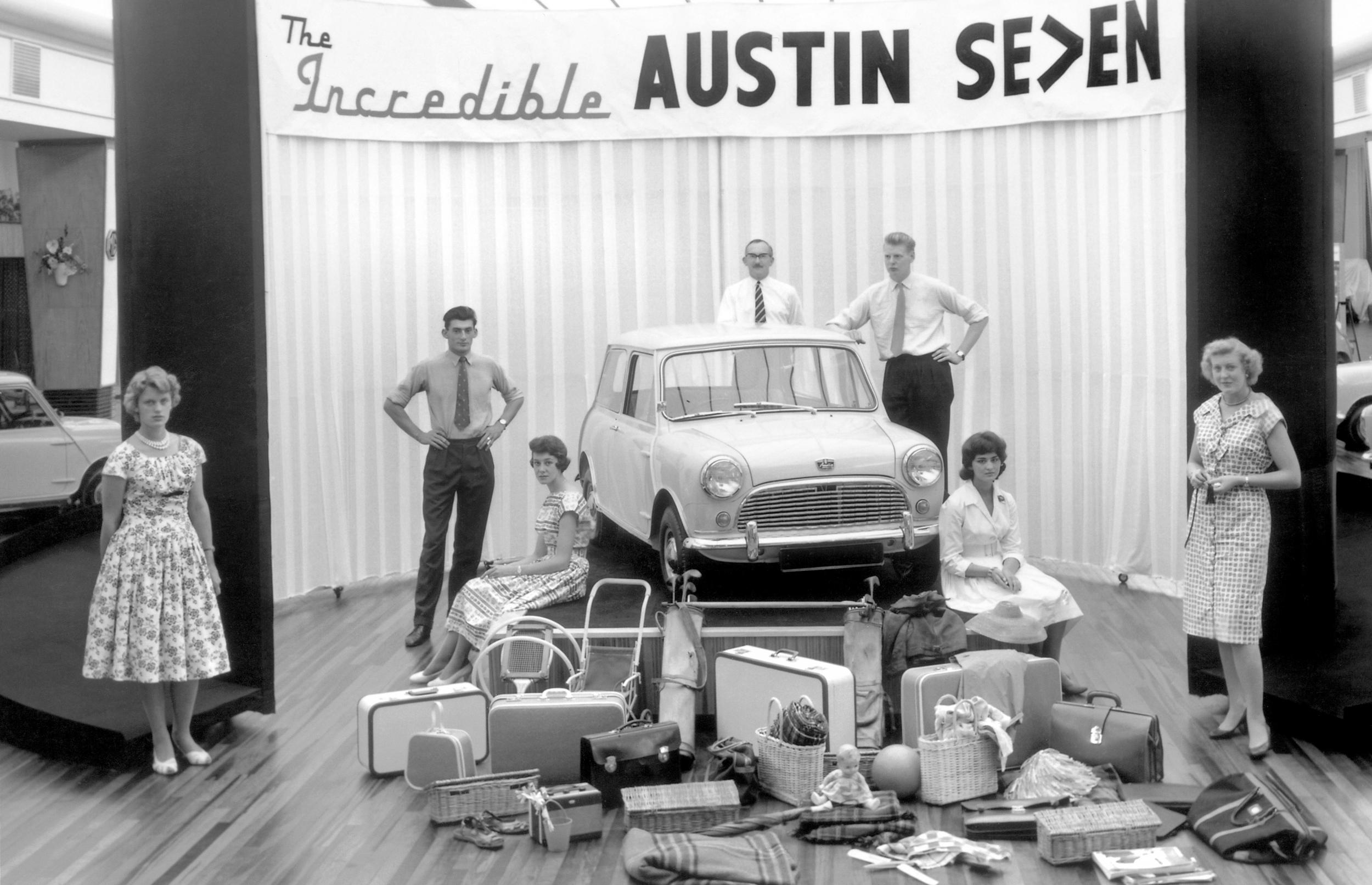Mini at 60
Sean O’Grady reflects on six decades of the Mini and how the car has reshaped mass motoring like few before it or since

Throughout six decades, Minis have been some of the most charismatic cars you can buy. From a driving point of view, the experience has always been joyful – scintillating, even – whether the power on offer is meagre or mighty. A lot of people have to own a small car, but almost everyone who actively enjoys getting behind the wheel wants to own a Mini.
Minis are also controversial.
The original car was the brainchild of a single individual, Alec Issigonis, who had the opportunity to reshape mass motoring like few before or since. He mixed the forcefulness of Henry Ford and André Citroën, the engineering standards of Ferdinand Porsche and a boyish enthusiasm that PG Wodehouse would have been proud to create. His Mini was conceived in troubled times as a radical new minimum-standard for economy cars. Everything about it was daring.
The Mini went on, both by design and unexpected circumstance, to be a constant in Britain’s motoring scene for an incredible 41 years. The last car made in 2000 really was very little different from the first one in 1959. Its survival throughout that time is an eye-opening story in itself.
Replacing the Mini with the BMW-manufactured “MINI” proved to be one of the hardest assignments any car manufacturer could undertake. BMW grabbed the mettle and chose to reincarnate the hard-charging Mini Cooper for the new millennium. The Anglo-German process was fraught, but the result was a compact car that stoked desire and pride in a new way while offering every safety, comfort and convenience feature the 21st-century consumer expects as a matter of course. Totally updated twice more since 2001, the Mini has retained its distinctiveness while blossoming into an entire range of cars.
Trying to write an overview of both the Mini and the MINI was never going to be easy. What I hope I’ve achieved is an explanation of the why, the how and the what of the two cars, as well as the way the why informs the how. I have friends and acquaintances who own both, and there’s often tension because, although people who drive the modern cars have warm feelings for the originals, diehards of the 1959-2000 Mini rarely seem to like its successor. They feel it’s too bulky, too fancy and has taken liberties with the minimalism that Issigonis espoused. Little you can say will change their minds, and such passion must be respected, and rather admired.
But there is no doubt that the 2001-on Minis are excellent, and not least for the high-quality standards and enormous opportunity for personalisation they offer. In common with the rest of the automotive world, the Mini is now entering its electric phase and beginning to sideline the internal combustion engine, which was all Issigonis understood about powering a car. While this will be a very different motoring era to the one he knew, any driver who loves cars with character must hope the Mini continues to maintain its very characterful place within it.
‘Mini: 60 Years’ by Giles Chapman is published by Motorbooks at £24.99
Subscribe to Independent Premium to bookmark this article
Want to bookmark your favourite articles and stories to read or reference later? Start your Independent Premium subscription today.

Join our commenting forum
Join thought-provoking conversations, follow other Independent readers and see their replies